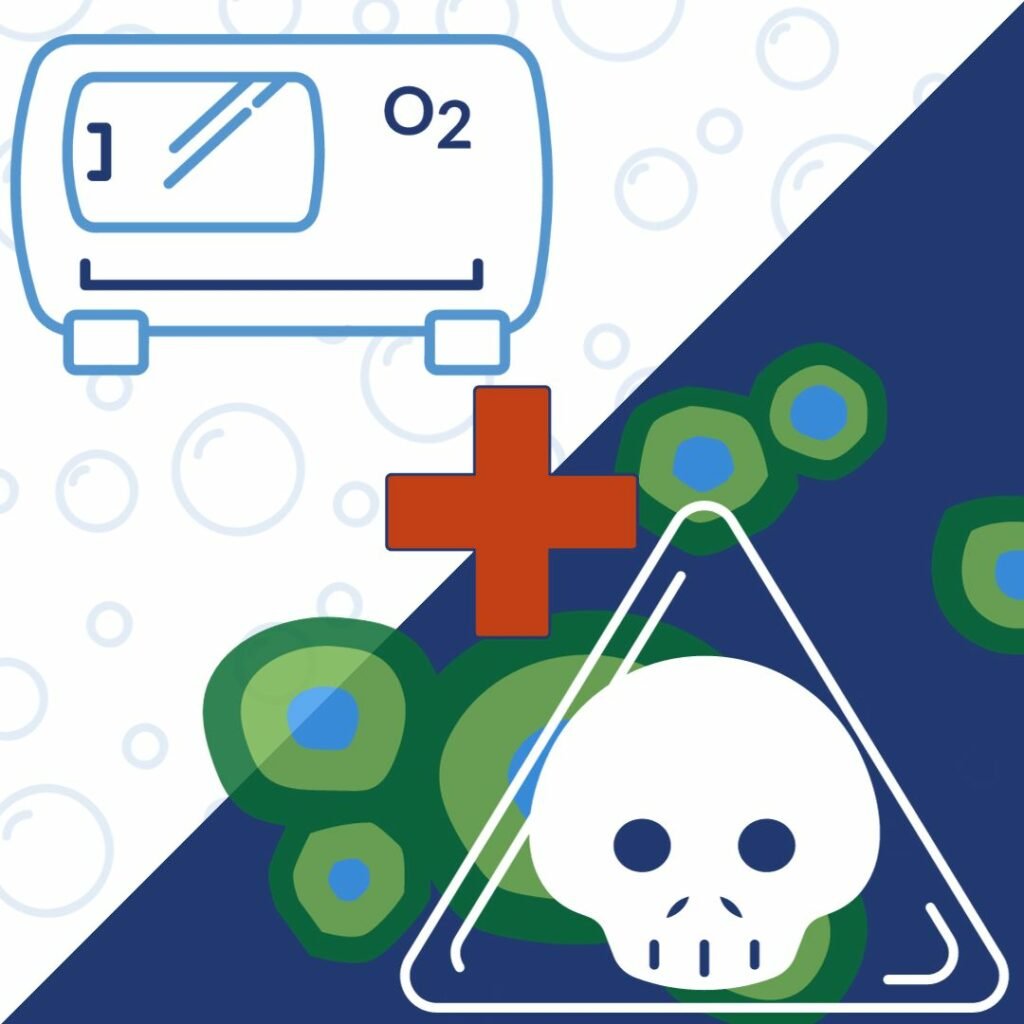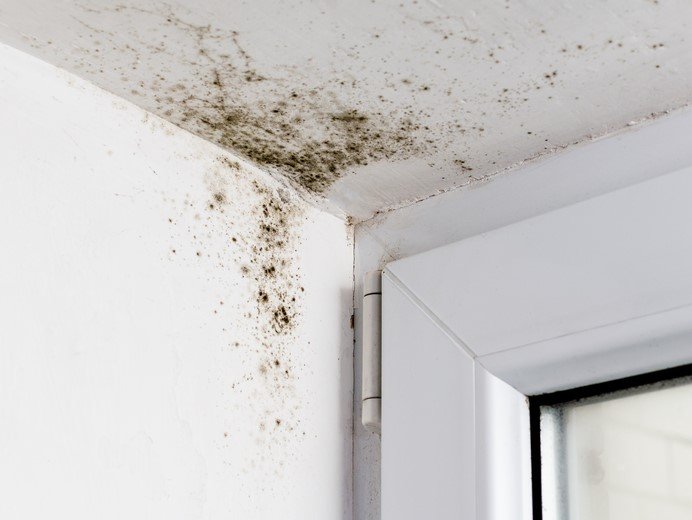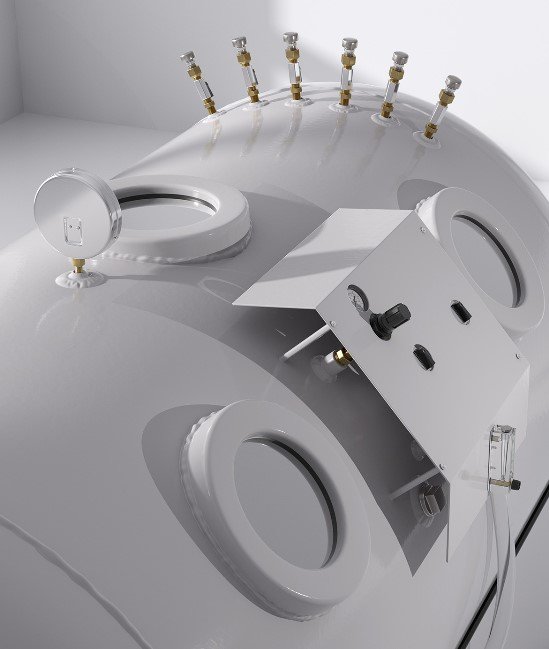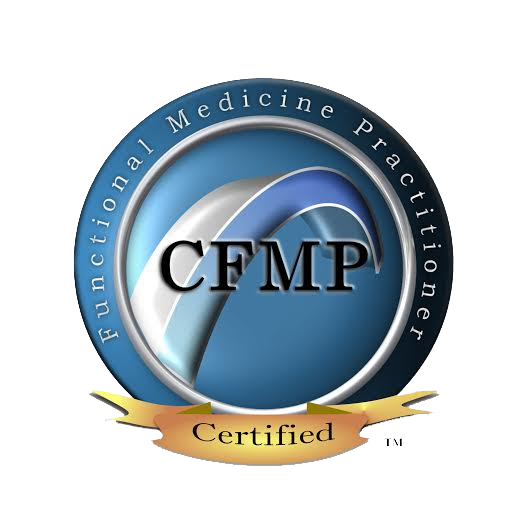
Mold toxicity results from exposure to mold and its mycotoxins. It can also lead to a myriad of health issues ranging from respiratory problems to neurological symptoms. While mold removal and detox is often needed, research shows that Hyperbaric Oxygen Therapy (HBOT) offers an adjunctive approach. In this article, we delve into the scientific studies exploring how to treat mold toxicity with HBOT.

Understanding Mold Toxicity
Mold toxicity occurs when individuals are exposed to indoor molds, commonly found in damp or water-damaged buildings. Mycotoxins released by molds can enter the body through inhalation, ingestion, or skin contact. Symptoms may include fatigue, respiratory issues, cognitive impairment, and more severe conditions in individuals with compromised immune systems.
Functional medicine for mold toxicity plays a crucial role in the assessment and management of mold toxicity. The first step in addressing mold-related health issues is thorough testing to identify the specific molds and mycotoxins involved. Functional medicine practitioners use advanced diagnostic tools, including urine, blood, and environmental tests. These are used to assess the extent of mold exposure and its impact on the individual’s health.
Once the identification of specific molds and mycotoxins occurs, we can devise a personalized detoxification plan. Functional medicine also addresses underlying factors contributing to mold toxicity, such as compromised immune function or nutritional deficiencies. Integrating dietary modifications, targeted supplementation, and lifestyle adjustments, functional medicine supports the body’s natural detoxification mechanisms while promoting overall health and resilience. This personalized and comprehensive approach allows for a more nuanced understanding of mold toxicity and a tailored the treatment plan.

The Mechanism of Hyperbaric Oxygen Therapy
HBOT involves breathing pure oxygen in a pressurized room or chamber. This increases the amount of oxygen delivered to the body’s tissues. This process enhances cellular function, promotes tissue repair, and boosts the body’s natural healing mechanisms.
HBOT’s ability to enhance oxygen delivery to tissues promotes wound healing and tissue repair. It makes it beneficial for conditions such as non-healing wounds, depression, and chronic fatigue. Researchers have explored the neuroprotective effects of HBOT in conditions such as traumatic brain injury and stroke, where increased oxygen availability may support recovery. Additionally, it has demonstrated positive outcomes in certain infections, such as chronic osteomyelitis. HBOT’s anti-inflammatory properties make it relevant for inflammatory conditions, including Crohn’s disease and rheumatoid arthritis. Furthermore, ongoing research suggests potential benefits for neurological and autoimmune disorders. While HBOT has shown promise in various medical contexts, its application is subject to ongoing scientific investigation and individualized medical assessment.
Treat Mold Toxicity with HBOT: Scientific Studies
When you want treat mold toxicity with HBOT, remember that recovery is nearly impossible if you continue to live or work in a mold-contaminated environment. It’s crucial to test for mold and start detox treatment to eliminate toxins from your body. HBOT plays a vital role in the healing process by strengthening your immune response, empowering your body to defend itself against toxins from within.
The Role of HBOT in Mitigating Neurological Symptoms:
- A study published in the journal “Neurology Research International” (2015) investigated the effects of HBOT on neurological symptoms associated with mold toxicity. The results suggested that HBOT could improve cognitive function and reduce neurological deficits in individuals exposed to mycotoxins.
HBOT and Immune System Modulation:
- Research conducted by the International Hyperbarics Association demonstrated that HBOT has immunomodulatory effects, positively influencing the immune system’s response to toxins. This may be particularly relevant in cases of mold toxicity where the immune system plays a crucial role in mitigating the effects of mycotoxins.
Oxygenation and Detoxification:
- A study in the “Journal of Applied Toxicology” (2018) explored the impact of increased oxygen levels on detoxification pathways. The research suggested that higher oxygen concentrations, such as those achieved through HBOT, may enhance the body’s ability to eliminate mycotoxins, potentially reducing the toxic burden.
HBOT and Inflammatory Response:
- Published in the “Journal of Inflammation Research” (2017), a study investigated the anti-inflammatory effects of HBOT. Mold toxicity often triggers an inflammatory response, and the findings indicated that HBOT could modulate inflammation, potentially alleviating symptoms associated with mold exposure.
Red Light and Mold Toxicity
In recent years, red light therapy, also known as low-level laser therapy (LLLT) or photobiomodulation, has gained attention for its potential in supporting cellular function and promoting healing. When combined with Hyperbaric Oxygen Therapy (HBOT) in the context of mold toxicity, red light therapy may offer synergistic benefits. Studies have shown that red light therapy can enhance cellular energy production through the stimulation of mitochondrial activity. This heightened cellular energy may further support the body’s natural healing processes, complementing the effects of HBOT.
Additionally, red light therapy has demonstrated anti-inflammatory properties, which could be particularly valuable in reducing inflammation associated with mold toxicity. Researchers need to conduct further studies to clarify the specific mechanisms and optimal protocols for integrating red light therapy with HBOT in addressing mold toxicity, as with any emerging therapeutic approach. Individuals considering this combination should consult with healthcare professionals to determine the most appropriate and personalized treatment plan based on their unique health circumstances.
Get Started Today!
While research on the use of Hyperbaric Oxygen Therapy for mold toxicity is still in its early stages, preliminary studies suggest promising results. HBOT appears to influence neurological symptoms, immune system function, detoxification pathways, and inflammatory responses, all of which are relevant in the context of mold toxicity.
If you want to treat mold toxicity with HBOT, please fill out the new patient form and get scheduled. We have specific packages for mold toxicity that include testing and treatment plans to best help you. We have helped hundreds of patients recover from mold related illness.
Frequently Asked Questions
The duration of the effects of HBOT can vary based on the individual’s condition and the specific goals of the therapy. In some cases, the effects of HBOT may be immediate and short-lived, while in other cases, multiple sessions of HBOT may be required to achieve longer-lasting benefits.
How often should you do hyperbaric oxygen therapy?
The frequency of HBOT sessions can vary depending on the individual’s condition, treatment goals, and the recommendation of a healthcare professional. Typically, HBOT is administered as a series of sessions. It ranges from a few to several sessions over a specified period.
How quickly does hyperbaric oxygen therapy work?
The speed at which HBOT works can vary depending on the individual’s condition and the specific goals of the therapy. Some individuals may experience immediate improvements or relief of symptoms after a few sessions of HBOT, while others may require multiple sessions over a longer period of time to see noticeable effects. The timeframe for experiencing the benefits of HBOT can be different for each person, and it is best to consult with a healthcare professional experienced in HBOT to get a better understanding of the expected timeline.
How can I find an HBOT chamber near me?
We are located in Phoenix, Arizona, but if you live far away I recommend reading my article on finding the right clinic for you.



